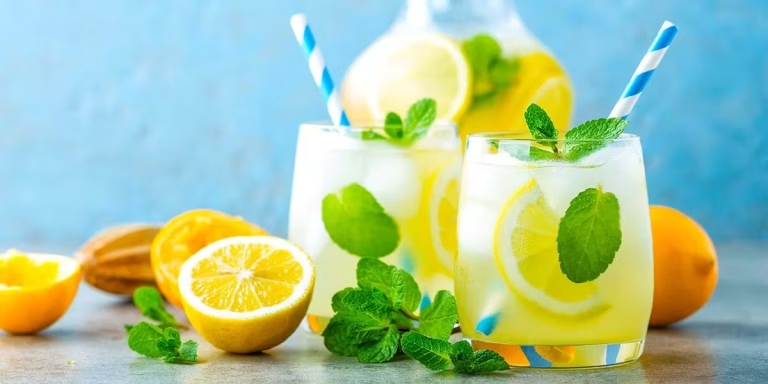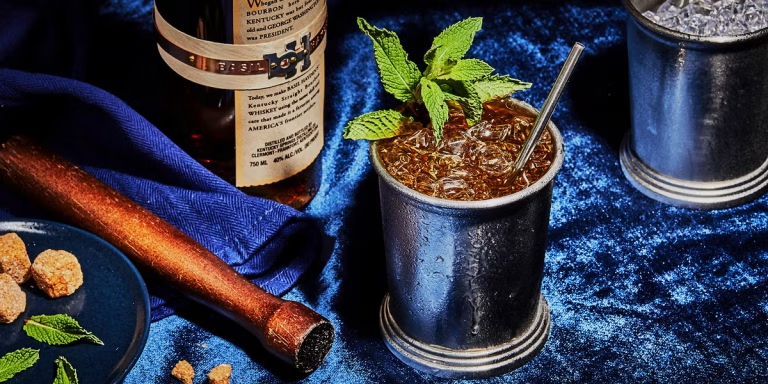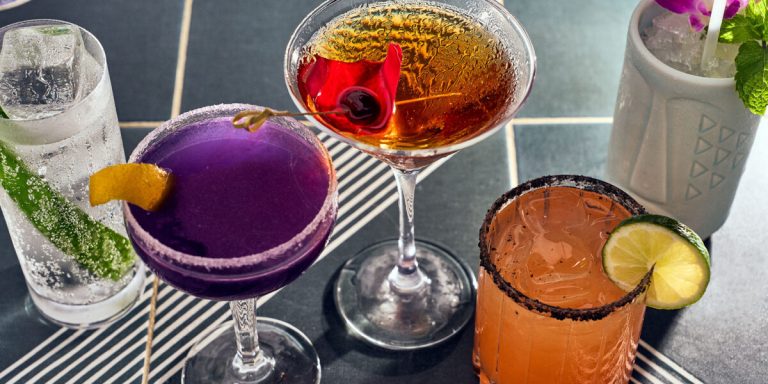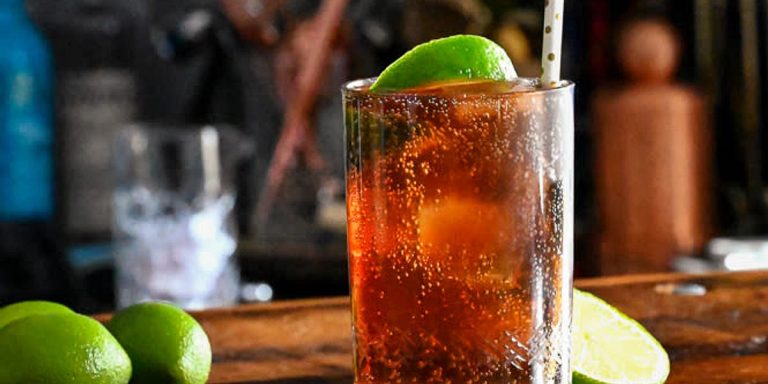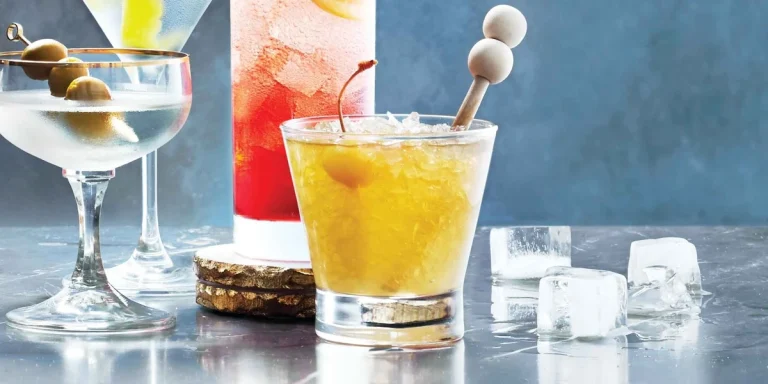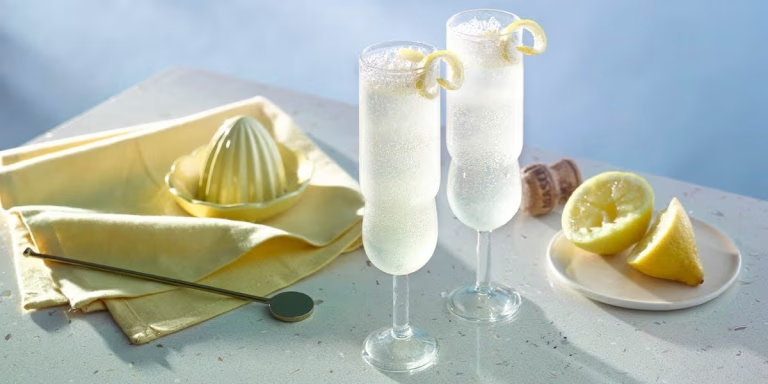Sidecar Chic: Brandy’s Shining Moment
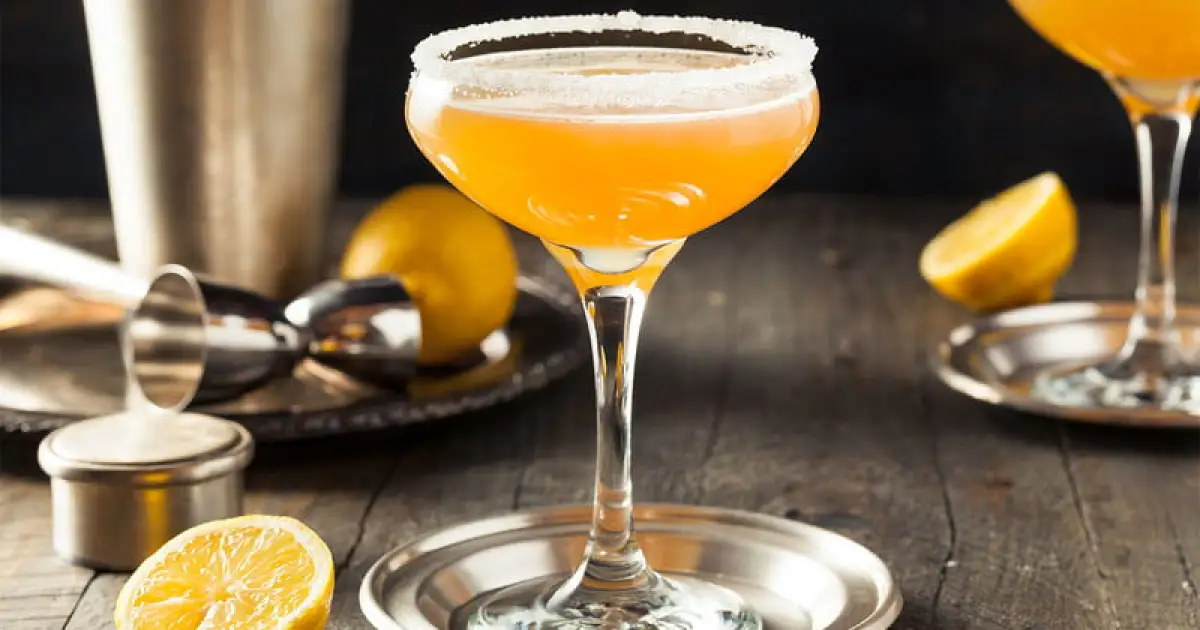
The Sidecar has a way of walking into the room without asking for permission. It doesn’t whisper from the back of the bar menu, nor does it need some reinvented twist to hold your attention. With brandy as its star, a splash of orange liqueur, and the right squeeze of lemon, it straddles that fine line between elegance and bite. I’ve always thought of the Sidecar as the cocktail equivalent of a tailored suit it looks smooth, feels deliberate, and carries an energy that lingers long after the glass is empty.
The Allure Of Brandy In The Glass
Brandy isn’t the kind of spirit that everyone immediately gravitates toward, yet it carries a sense of mystery that makes it shine in cocktails like the Sidecar. Distilled from wine or fruit, brandy carries layers of warmth, richness, and subtle sweetness. When I sip it straight, I often taste dried fruits, oak, and a velvety smoothness that tells me this spirit has history. Mix it into a cocktail, though, and it transforms no longer just a digestif sipped slowly, but a powerful anchor that defines the drink’s personality.
The Sidecar gives brandy its stage. Without it, the cocktail would collapse into something citrusy and fleeting. With it, the Sidecar becomes grounded, steady, and undeniably stylish. Every bar I’ve walked into that serves a Sidecar properly reminds me that brandy has been overlooked for too long in a world where whiskey, gin, and tequila dominate the spotlight.
Origins That Spark Debate
Ask three bartenders where the Sidecar comes from, and you might get three different answers. Paris lays claim to it, often tying it to the Ritz Hotel in the 1920s, where cocktails weren’t just drinks but cultural statements. London also makes its case, arguing that the Sidecar emerged from the city’s roaring nightlife, full of jazz clubs and high-society gatherings. Wherever it began, I like to picture its birth in a dimly lit bar, the clink of glasses around, and a bartender deciding that brandy deserved a cocktail bold enough to highlight its depth.
That uncertainty about its origin only adds to its mystique. Unlike cocktails with a straight-line history, the Sidecar thrives in its ambiguity. Maybe it’s French, maybe it’s British, but what matters is that it never lost its relevance. From the early 20th century to today’s craft cocktail renaissance, it has remained a drink that feels both nostalgic and current at the same time.
Balancing The Elements
The Sidecar is all about proportion. Get it wrong, and you either drown the brandy in citrus or end up with something cloyingly sweet. The magic lies in finding the harmony between three simple ingredients:
- Brandy or Cognac
- Cointreau or another orange liqueur
- Fresh lemon juice
On paper, it looks straightforward. But in practice, the Sidecar requires finesse. When I mix one, I always reach for a Cognac with enough body to stand up to the citrus. The orange liqueur adds brightness, while the lemon juice slices through with sharp acidity. Shake them together, strain into a chilled glass, and suddenly those three elements create a drink that is greater than the sum of its parts.
I’ve had Sidecars that leaned heavy on the lemon, delivering a tart smack right from the start. Others tilted toward sweetness, almost dessert-like in their richness. The ones I remember most, though, are the balanced versions those moments where the brandy rises first, followed by citrus sharpness, then a lingering orange finish. It’s a drink that feels carefully composed, even when made casually at home.
The Glass, The Rim, The Presentation
A Sidecar isn’t just about taste it’s about presentation. Served traditionally in a coupe or martini glass, the cocktail looks instantly polished. The sugar rim, often optional, turns it from a refined drink into something a little more playful. I’ve gone back and forth on whether I prefer the sugar rim. Sometimes I love the contrast of sweet crystals meeting tart lemon; other times, I prefer the clean, dry edges of the glass, which let the flavors stand alone.
The beauty of this drink is that you can dress it up or strip it down. In an upscale bar, the Sidecar arrives with the elegance of fine dining a gleaming coupe, perfectly chilled. At home, I’ve served it in mismatched glassware, sugar rim uneven, and yet it still felt like something elevated. That’s the magic: it never loses its chic quality, no matter how it’s presented.
Why The Sidecar Endures
Cocktails come and go. Many are trendy for a season, appearing on every Instagram feed before quietly fading into the background. The Sidecar doesn’t need trends it has staying power. Part of that comes from its simplicity. With only three core ingredients, it doesn’t rely on obscure spirits or gimmicks. Instead, it asks you to focus on quality, technique, and balance.
Every sip feels like a reminder of another time, but not in a dusty, outdated way. It feels relevant in a world that often overcomplicates drinks with endless infusions, foams, and syrups. The Sidecar says: keep it honest, keep it bold, keep it stylish. That’s why, even in modern craft bars, it still commands respect.
Variations That Speak To Personality
Like most classic cocktails, the Sidecar has inspired endless riffs. Some bartenders play with proportions, dialing up the lemon for sharpness or swapping orange liqueurs for subtle differences. Others switch brandy for bourbon, turning it into a more American-feeling cocktail with deeper caramel notes. I’ve tried variations with aged rum, and even one with mezcal that twisted it into smoky territory.
Yet, no matter how many variations I’ve explored, I always circle back to the original. The Sidecar doesn’t need heavy reinvention; its bones are too strong for that. What makes it exciting is how adaptable it is you can tweak it slightly to fit your mood without ever losing its essence.
My Personal Connection With The Sidecar
Every time I order a Sidecar, it feels deliberate. I’m not choosing something casual or background-friendly. I’m committing to a drink with presence. When I sit with a Sidecar in hand, I’m not rushing through it. I’m savoring the layers, the way the brandy unfolds with each sip, the way the lemon wakes up my palate, the way the orange liqueur lingers just enough to keep things interesting.
I’ve had Sidecars on celebratory nights, where the drink added just the right sparkle to the moment. I’ve had them in quiet solitude, letting the warmth of the brandy carry me through reflective evenings. It’s one of those rare cocktails that works in both settings social and personal, loud and quiet, celebratory and contemplative.
Sidecar Chic In Modern Culture
The name itself Sidecar carries an old-world charm. It makes me think of motorcycles, vintage fashion, and jazz-filled nights. Yet in today’s cocktail culture, it still feels sharp, chic, and relevant. I’ve seen younger bartenders put their own flair on it, and I’ve watched seasoned professionals serve it with reverence. That’s what makes it timeless: it belongs everywhere, yet never loses its unique edge.
In many ways, the Sidecar has become brandy’s ambassador. For people who rarely drink brandy, the cocktail serves as an introduction, showing how versatile and elegant the spirit can be. In that sense, the Sidecar isn’t just chic it’s brandy’s shining moment.
Conclusion: The Drink That Owns Its Space
The Sidecar isn’t just another cocktail on the list it’s a statement. Every element, from its brandy base to its sharp citrus notes, tells you this is a drink meant to stand out. It has history, personality, and style. Whether you dress it up with a sugared rim or serve it simply in a chilled glass, it always delivers the same message: bold, balanced, and effortlessly chic.
For me, the Sidecar represents the very best of cocktail culture a nod to tradition, a showcase of quality, and an invitation to slow down and savor. Brandy may not always dominate the liquor shelf, but in this cocktail, it shines with clarity and strength. Call it chic, call it fierce, call it whatever you want, but the truth remains: the Sidecar owns its space, and it will never fade quietly into the background.

